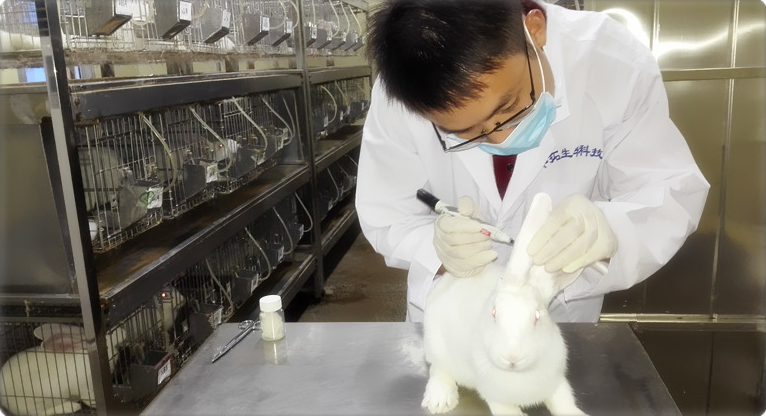|
序 列 : |
Lys-Lys-Ala-Leu-Arg-Arg-Gln-Glu-Thr-Val-Asp-Ala-Leu or KKALRRQETVDAL |
| 分 子 式 : |
C65H118N22O20 |
|
分 子 量 : |
1527.8 g/mol |
|
纯 度 : |
Purity > 95% by HPLC |
|
形 态 : |
Each vial contains 1 mg of lyophilized solid packaged under an inert gas and supplied as a trifluoroacetate salt. |
|
溶 解: |
Distilled water for a solution up to 2 mg/ml, otherwise we recommend using acetonitrile. |
|
保存条件 : |
Store at -20°C. The product is hygroscopic and must be protected from light. Product is guaranteed one year from the date of shipment. Following reconstitution, aliquot and store at -20°C. |
| 别 名 : |
Calcium/calmodulin-dependent protein kinase type II alpha chain; CaM-kinase II alpha chain; CaM kinase II subunit alpha; CaMK-II subunit alpha; CAMK2A; CAMKA; KIAA0968 |
| 产品链接 : |
http://www.ABBIOTEC.com/peptides/autocamtide-2%2525C2%2525A0-peptide |
|
产品说明 : |
|
| 产品描述 : |
Autocamtide-2 is a highly selective peptide substrate for calcium/calmodulin-dependent protein kinase II (CaMKII), which belongs to the CAMK Ser/Thr protein kinase family. The sequence derives from the Thr-286 autophosphorylation site of the alpha subunit of CaMKII. Autocamtide-2 contains the R-X-X-S/T consensus site surrounded by basic residues for improved binding to phosphocellulose. CaMKII is a prominent kinase in the central nervous system that functions in long-term potentiation and neurotransmitter release. Autophosphorylation of Thr-286 allows the kinase to switch from a calmodulin-dependent to a calmodulin-independent state. CaMKII phosphorylates Autocamtide-2 with a Km of 2 uM whereas protein kinase C (PKC) has a Km > 50 uM and protein kinase A (PKA) has no activity. |

